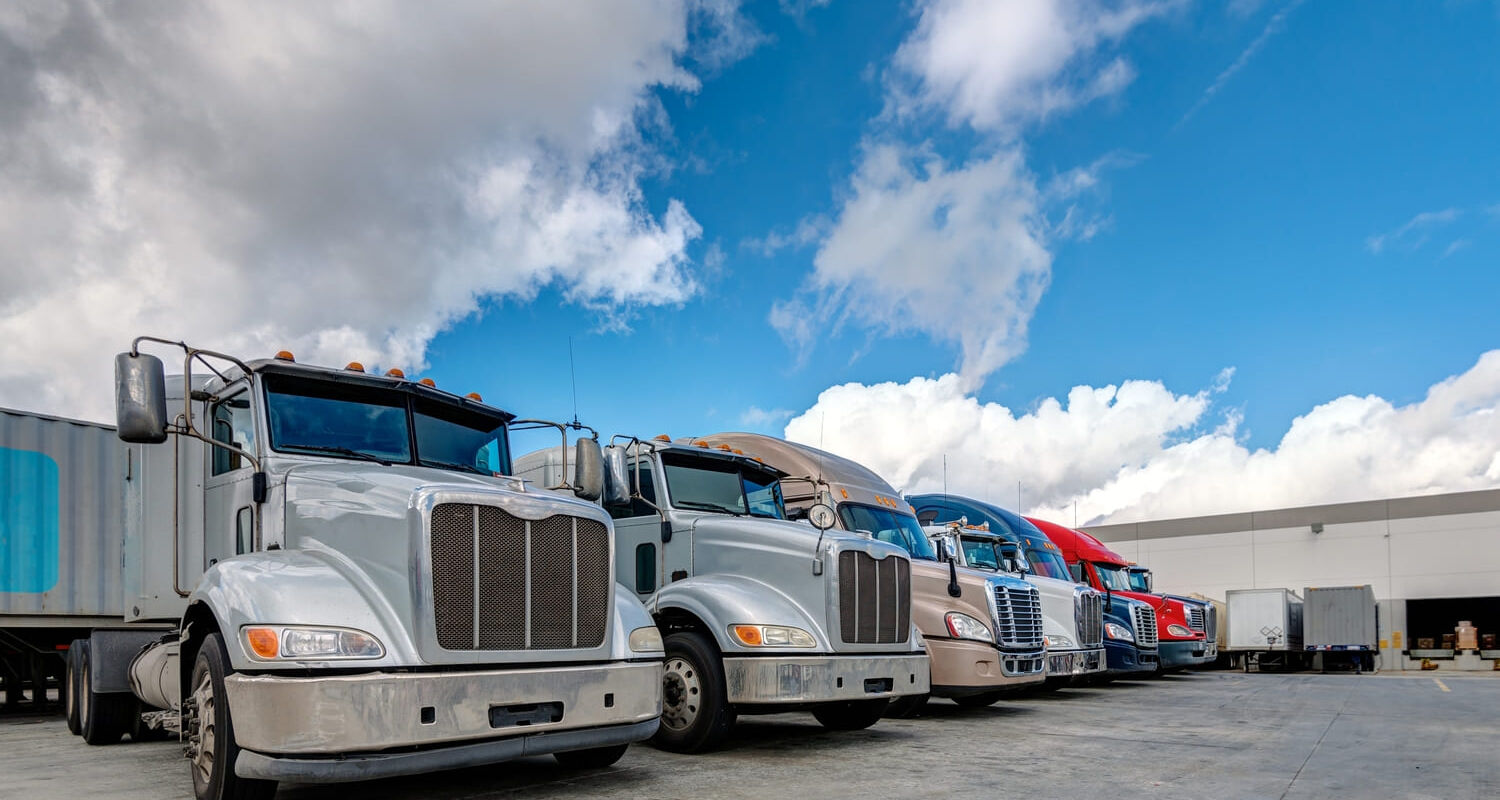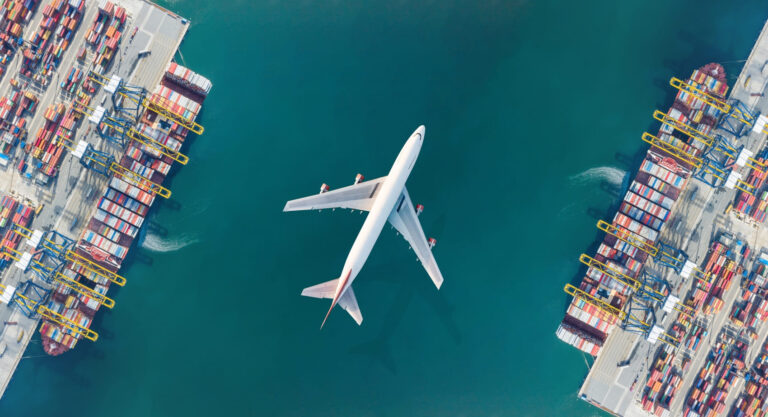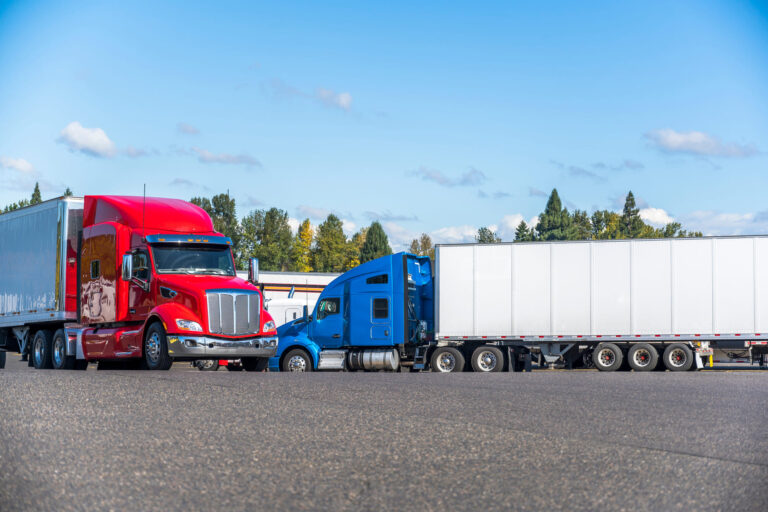How to Choose an LTL Carrier for Low‑Damage Freight Shipping

In the world of logistics, less‑than‑truckload (LTL) carriers play a pivotal role by consolidating shipments from multiple shippers so each customer only pays for the space they use. Because LTL freight is handled at multiple terminals, it’s more vulnerable to damage than full‑truckload shipments. Industry data show that typical LTL damage ratios range from 1 % to 2 % and some studies report an average damage rate of 1.24 %-roughly one in 80 shipments. For high‑value cargo, each damaged pallet can cost thousands of dollars and jeopardize customer loyalty. Choosing the right LTL carrier and adopting sound packaging practices can dramatically reduce claims and protect your bottom line.
Why Damage Rates Matter in LTL Freight Shipping
- Frequent handling increases risk: LTL freight is loaded and unloaded at several terminals. One industry guide estimates a pallet may be handled at least five times between pickup and delivery. Each touchpoint introduces opportunities for impacts or mishandling.
- Customer experience and brand reputation: Roughly one‑third of packaging‑related returns are due to damage, and nearly 40 % of consumers will not reorder if a product arrives damaged. Damage claims also drain internal resources and delay shipments.
- Financial impact: Average LTL damage and loss claims cost about $1,796 per shipment. Without insurance, carriers’ liability coverage (often $0.50–$1.00 per pound) leaves shippers exposed.
Because damaged freight erodes profit margins and customer trust, businesses should treat low‑damage LTL shipping as a strategic objective rather than a secondary concern.
Factors That Contribute to LTL Freight Damage
- Excessive handling and transfers: LTL shipments pass through multiple terminals and trailers, increasing the chance of dropping or bumping cargo. Carriers with hubless or direct‑load networks (e.g., Flock Freight’s hubless model) minimise transfers, which reduces damage.
- Poor packaging or palletizatio: Inadequate pallets, overhanging boxes and loose wrapping allow products to shift and crush. Studies show up to 11 % of unit loads arrive damaged because freight isn’t correctly secured on the pallet.
- Improper stacking: Placing heavy items on top of fragile goods increases breakage. Evenly distribute weight and avoid stacking above recommended heights.
- Equipment quality: Carriers with outdated trailers, rough suspensions or unmaintained lift gates expose freight to vibration and shock. Modern equipment with air‑ride suspension helps prevent damage.
- Special handling requirements: Temperature‑sensitive goods require reefer trailers and monitoring systems to prevent spoilage. Lack of proper equipment can lead to product loss.
- Lack of documentation: Failure to document damages or photograph shipments can hinder claim success. Documenting all damage and retaining packaging is critical.
How to Choose an LTL Carrier with Low Damage Rates
Selecting an LTL partner is about more than price. Shippers should build a scorecard that weighs damage rates, equipment quality and service levels.
1. Research performance and claims ratios
- Ask for damage statistics or claims ratios: Typical LTL damage ratios are 1–2 %, and anything above 1 % may indicate problems.
- Consult 3PL data: Third‑party logistics providers have access to operational data that carriers may not publicly share. 3PLs maintain long‑standing relationships and know each carrier’s damage frequency. A 3PL can recommend carriers with consistently low claim ratios.
2. Evaluate equipment and technology
- Air‑ride suspension and load bars: Ask whether trailers have air‑ride suspension to reduce vibration. Quality carriers secure mixed loads with load bars and strategic placement.
- Reefer and monitoring system: If you ship perishable or temperature‑sensitive goods, look for refrigerated LTL carriers with advanced temperature control.
- Tracking and digital platforms: Carriers should offer real‑time tracking via PRO numbers or digital platforms. Some providers offer hubless shared‑truckload services that reduce transfers and damage.
3. Assess network coverage and routing
- Direct vs. indirect service: Carriers with a dense network can move freight directly between terminals, reducing transfers. Ask whether your lanes are serviced directly or through partners.
- Terminal network efficiency: A well‑designed hub‑and‑spoke system balances lane density and minimizes cross‑dock handling. Regional carriers might offer fewer transfers for local routes, whereas national carriers provide broad coverage.
4. Inspect packaging and handling guidelines
- Carriers should provide clear packaging guidelines. Look for carriers that offer training on palletization and handling techniques.
- Ask about access to packaging supplies or value‑added services like palletizing, shrink‑wrapping and corner protectors.
5. Look for specialized services
- Reefer and freeze protection: Ensure reefer carriers have temperature monitoring and backup systems.
- White‑glove or inside delivery: For delicate freight, consider carriers that offer specialized handling (blanket wrap, inside delivery).
- Hubless/shared truckload options: Services like FlockDirect® keep freight on the same trailer until final delivery, reducing handling and damage.
6. Review insurance and claims process
- Understand liability limits: Carriers often limit liability to $0.50–$1.00 per pound, regardless of shipment value. Insurance bridges the gap by covering full replacement costs.
- Evaluate claim documentation: Successful claims require photographs, bills of lading and preserved packaging. Choose carriers with transparent claims procedures and responsive support.
7. Consider partnering with a 3PL
- Data‑driven selection: A 3PL aggregates performance data and can recommend carriers with low damage ratios. In a recent survey, 81 % of shippers preferred working with 3PLs for at least some of their LTL freight.
- Capacity and negotiation: 3PLs can consolidate volumes across clients to negotiate better rates and service guarantees. They also manage claims and provide multimodal options when LTL isn’t ideal.
LTL Freight Damage Prevention: Best Practices for Shippers
While choosing the right carrier is critical, shippers play an equally important role in preventing damage. Implement these practices:
- Build pallets for multiple handlers: Use sturdy standard pallets, stack items evenly and avoid overhang. Distribute weight across the pallet and keep height reasonable to prevent tipping.
- Secure loads inside and out: Internally, use airbags, foam blocks, tier sheets and anti‑slip sheets to prevent shifting. Externally, label fragile freight, mark top‑load limits and ensure carriers use load bars.
- Master stretch‑wrapping: Start at the base, overlap by 50 %, apply tension and wrap the top to protect against dust and moisture. Loose wrapping is a top cause of damage claims.
- Consolidate shipments when it makes sense: Combining multiple pallets destined for the same region reduces pickups and deliveries, leading to fewer touches and less damage.
- Document everything: Photograph your freight before pickup, note condition on bills of lading and retain packaging materials. Thorough documentation protects your claim rights.
- Measure damage‑free shipments: Track your percentage of damage‑free deliveries. Logistics experts recommend freight damage remain well below 1 %; if rates exceed 1 %, examine packaging, handling and carrier selection.
The Role of 3PLs in Selecting the Right LTL Carrier
A 3PL acts as an intermediary between shippers and carriers, aggregating volumes and data. Because carriers often hesitate to disclose damage statistics, 3PLs use their operational data to identify carriers with consistent service and low claims. Surveys indicate that 81 % of shippers prefer working with 3PLs for at least some of their LTL freight. In addition to negotiating better rates, 3PLs manage claims, offer multimodal solutions and provide technology platforms for quoting and tracking. Partnering with a reputable 3PL can simplify carrier selection and improve low‑damage shipping outcomes.
Conclusion
LTL freight shipping offers cost savings and flexibility, but frequent handling and mixed loads increase damage risk. Industry damage ratios average 1–2 %, yet carriers with claims‑free rates near 99 % exist. By prioritizing carriers with low claims ratios, modern equipment and specialized services-and by implementing rigorous packaging and documentation practices-shippers can substantially reduce freight damage. Consider partnering with a data‑driven 3PL to access performance metrics and negotiate service guarantees. Low‑damage LTL shipping isn’t just about cost; it preserves customer satisfaction, brand reputation and long‑term profitability.
Frequently Asked Questions (FAQ) – OLIMP Warehousing
Q: What is an LTL carrier?
An LTL carrier is a transportation company that consolidates shipments from multiple shippers into a single trailer. Each shipper pays only for the space their freight occupies. Because the truck is shared, LTL shipping is ideal for loads that weigh 150–15,000 lbs and don’t require a full trailer.
Q: What is an LTL freight carrier?
The terms LTL carrier and LTL freight carrier are interchangeable. They refer to carriers that specialize in moving less‑than‑truckload shipments. Unlike full‑truckload carriers that dedicate a trailer to one shipper, an LTL freight carrier combines several shipments, which makes the service more affordable but increases handling.
Q: What is the average damage rate in LTL shipping?
Industry experts report typical LTL damage ratios of 1–2 %, and studies show an average damage rate of about 1.24 %. A claims ratio above 1 % suggests issues with packaging or carrier practices.
Q: How do I choose the best LTL carrier?
Evaluate carriers using a scorecard that includes claims ratio, on‑time performance, equipment quality, network coverage, specialized services and insurance options. Damage ratios under 1 % are excellent. Consulting a 3PL can provide access to carriers’ performance data.
Q: What is an acceptable claims ratio for LTL carriers?
Experts recommend that freight damage should be far less than 1 % of total shipments. Typical carriers have damage ratios between 1 % and 2 %. Claims ratios higher than 2 % indicate problems with handling, equipment or packaging.
Q: How many times is LTL freight handled during transit?
A pallet may be handled at least five times during an LTL journey—loaded at your dock, moved to a terminal, transferred to a long‑haul trailer, handled at a second hub and finally delivered. Each handling increases the risk of damage.
Q: What are refrigerated LTL carriers?
Refrigerated LTL carriers (LTL reefer carriers) provide temperature‑controlled trailers for perishable or temperature‑sensitive products. They maintain consistent temperatures throughout transit to prevent spoilage. If your freight requires freeze protection or climate control, choose carriers with proven reefer capabilities and monitoring systems.
Q: Do I need freight insurance for LTL shipments?
LTL carriers’ liability is typically limited to $0.50–$1.00 per pound, which may not cover your cargo’s full value. Freight insurance (shipper’s interest insurance) covers the full declared value and can safeguard against damage, loss or theft.
Q: Should I work with a 3PL to select an LTL carrier?
Yes, 3PLs have access to historical performance data and can compare carriers’ damage ratios and transit reliability. A survey found that 81 % of shippers prefer partnering with a 3PL for at least part of their LTL freight. 3PLs can negotiate better rates, consolidate volumes and manage claims, making them valuable allies in low‑damage shipping.
You may be interested in

Full Truckload Shipping (FTL): Services, Rates, and Benefits
Full truckload shipping (FTL) is a freight mode where one shipment occupies an entire truck or trailer exclusively. Unlike less-than-truckload (LTL) shipping, where multiple shippers share space, FTL dedicates a whole 48′ or 53′ trailer to a single customer’s cargo. This exclusive use of the truck means fewer stops, minimal handling, and often faster transit […]

Mastering Air Freight Shipping: 10 Steps to Global Logistics Success
In an international freight shipping strategy, air freight shipping is prized for its speed and reliability. Air freight, the process of transporting goods by aircraft, is ideal for time-sensitive or high-value shipments, enabling businesses to meet tight delivery deadlines. Compared to ocean or ground transport, air shipping dramatically shortens transit times. However, this speed comes […]

Simplify LTL Freight Shipping: 5 Challenges Solved by 3PL
LTL (less-than-truckload) shipping lets businesses move freight that’s too large for parcel carriers but doesn’t fill an entire truck. In this model, multiple shippers combine smaller shipments into one trailer, saving on per-unit costs. For example, LTL freight shipping lets a small e-commerce retailer send pallets without booking a full truck. However, many shippers note […]
Ready to streamline your warehousing needs?
Request a quote today and discover how OLIMP's tailored solutions can optimize your operations